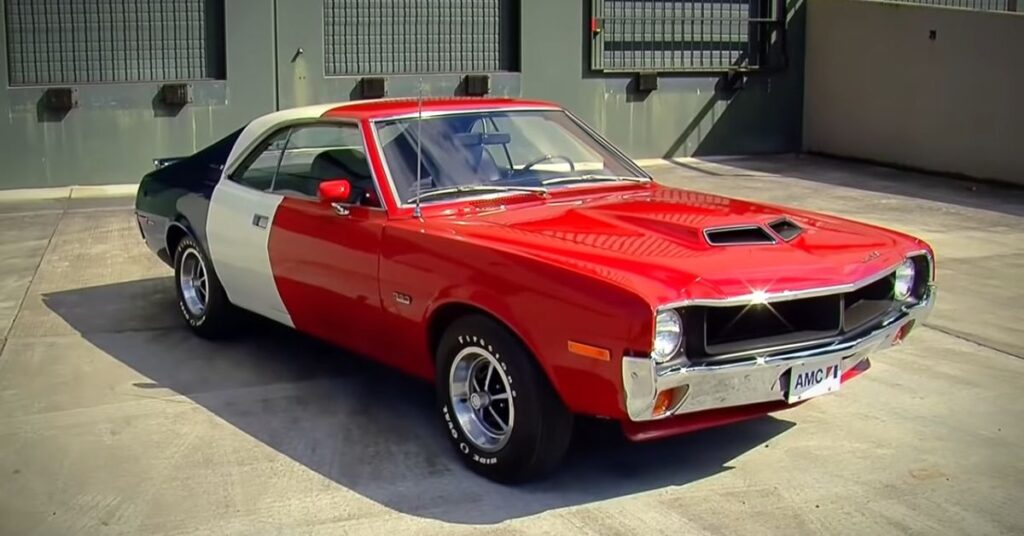The 1970 AMC Javelin Trans Am is a legendary muscle car that holds a special place in automotive history. With its one-year-only design and unique features, this vehicle represents an era of Trans Am racing and showcases AMC’s dedication to performance and style. In this article, we will delve into the fascinating details of the 1970 AMC Javelin Trans Am, exploring its distinctive design, powerful engine, and notable contributions to the Trans Am racing scene.
The Origins of the Javelin Trans Am
The 1970 AMC Javelin Trans Am finds its roots in the Trans Am racing series of the late 1960s and early 1970s. At that time, Trans Am road racing and drag racing were incredibly popular, leading to a unique requirement for manufacturers. To participate in Trans Am racing, manufacturers had to produce a street version of their race car. AMC embraced this challenge and created the Javelin Trans Am edition.
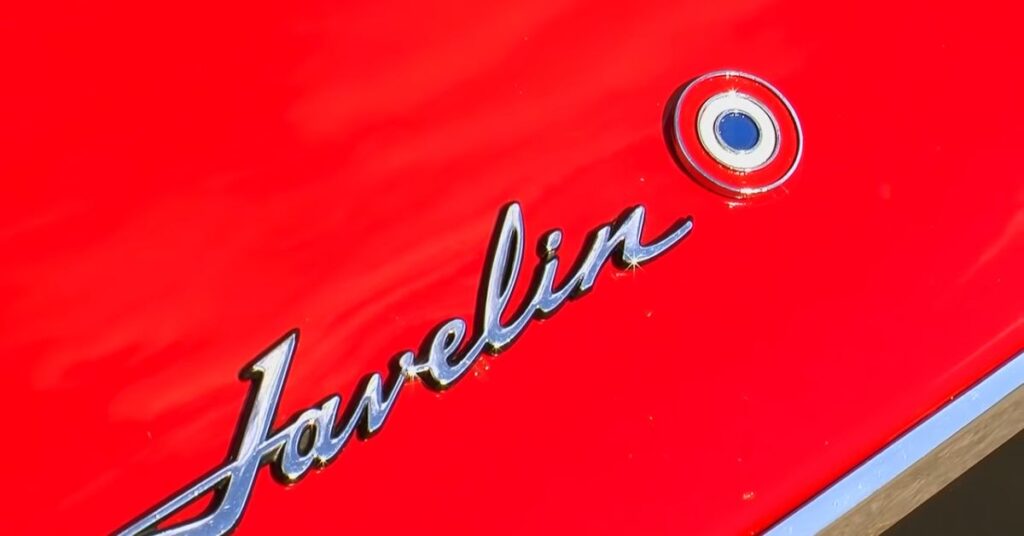
Design and Exterior Features
The 1970 AMC Javelin Trans Am is instantly recognizable due to its iconic red, white, and blue paint scheme. This striking combination of colors holds a special significance as it pays homage to the actual race cars that participated in Trans Am racing events. In order to differentiate between the two drivers, Peter Revson and Mark Donohue, two variations of the paint scheme were implemented. Revson’s car featured red at the front, while Donohue’s car showcased blue at the front. This distinct design choice ensured that the cars remained easily distinguishable during intense races, further adding to the car’s allure and historical significance.
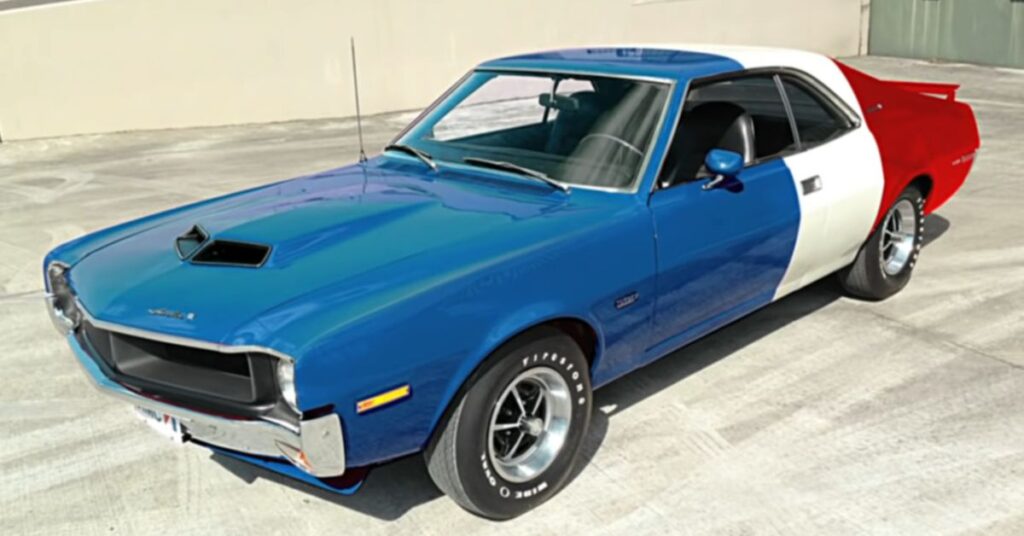
Beyond its visually arresting appearance, the 1970 AMC Javelin Trans Am boasts remarkable performance capabilities. Equipped with a powerful engine, this muscle car delivers exhilarating speed and acceleration. The combination of its robust horsepower and exceptional handling makes it a formidable force on the race track. Whether tearing down straightaways or tackling tight corners, the Javelin Trans Am showcases its prowess as a high-performance vehicle, capturing the essence of American muscle car engineering.
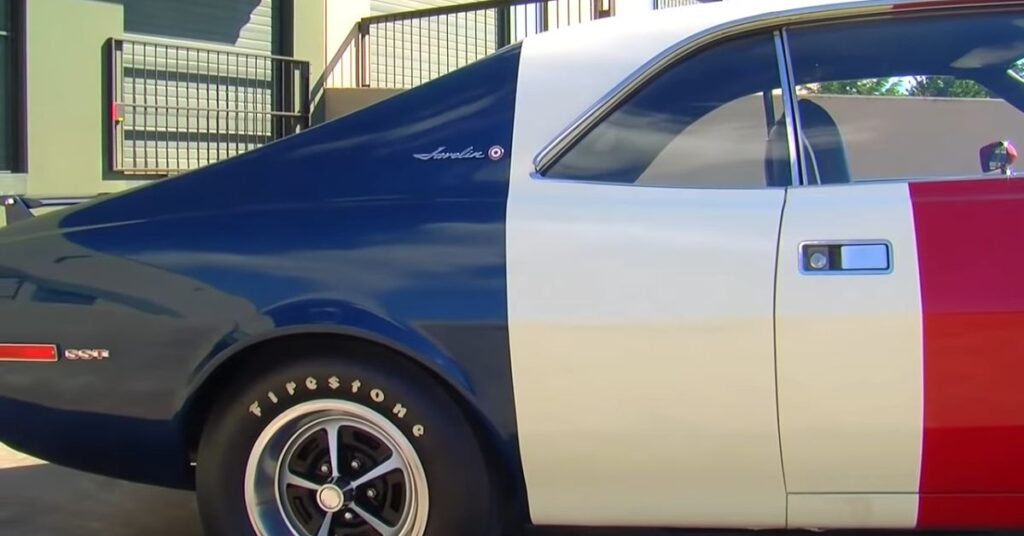
With its vibrant paint scheme and impressive performance, the 1970 AMC Javelin Trans Am represents the epitome of American automotive excellence. Its association with Trans Am racing adds an extra layer of authenticity and nostalgia, evoking the spirit of a bygone era. Today, this classic muscle car continues to captivate enthusiasts and collectors alike, serving as a testament to the enduring appeal of iconic designs and the powerful legacy of American muscle cars.
The Powerhouse Under the Hood
The Javelin Trans Am came equipped with the AMC Go Package, offering impressive performance on the streets. Powering this muscle car was a 390 cubic inch V8 engine that produced around 325 horsepower.
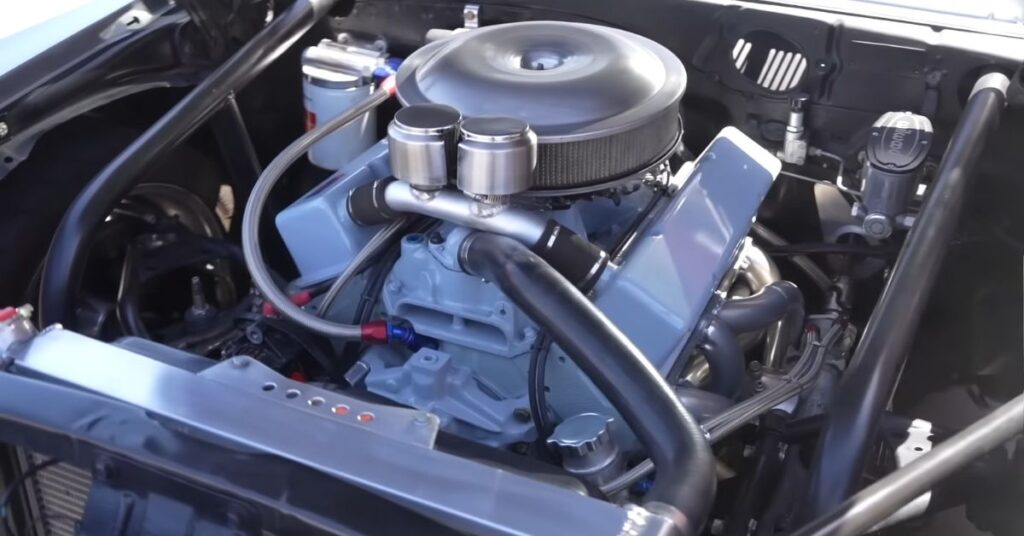
Although the Trans Am race cars were limited to a 305 cubic inch displacement, the street version had the advantage of the 390 V8. With its single four-barrel carburetor, high-flowing cylinder heads, and forged crank and rods, the 390 engine was a force to be reckoned with.
Performance and Handling
The outstanding performance of the 1970 AMC Javelin Trans Am can be attributed to its combination of lightweight construction and a powerful engine. This muscle car was engineered to deliver an exhilarating driving experience that would leave enthusiasts craving for more. Its lightweight design allowed for increased agility and responsiveness, translating into impressive acceleration and nimble handling on the road.
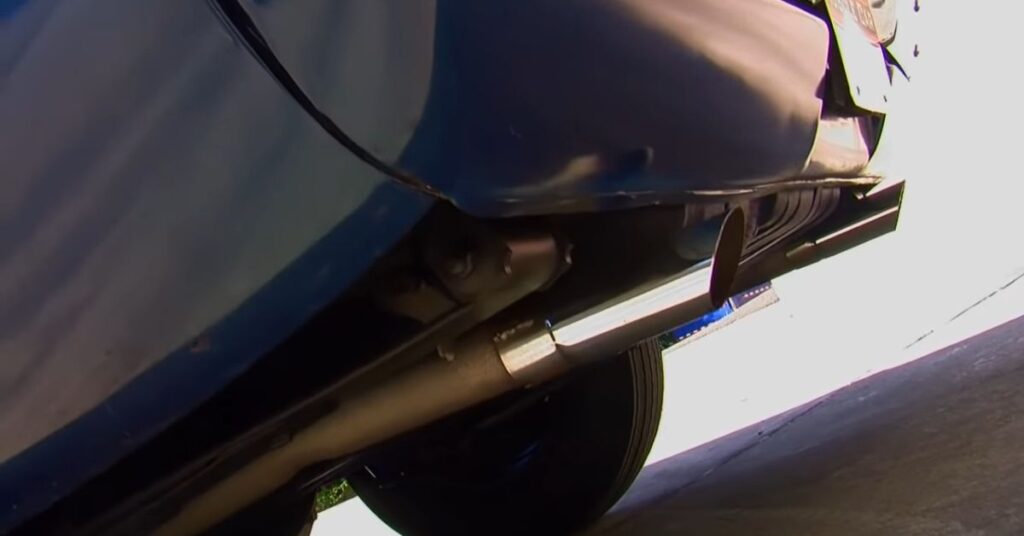
The 1970 AMC Javelin Trans Am was further enhanced with the inclusion of the gold package. This package featured a range of performance-oriented components, such as a ram air hood, dual exhausts, a handling package, power front disc brakes, and a close-ratio Hurst four-speed manual transmission. These upgrades not only contributed to the car’s overall performance but also added a touch of visual appeal, signaling its status as a true muscle car.
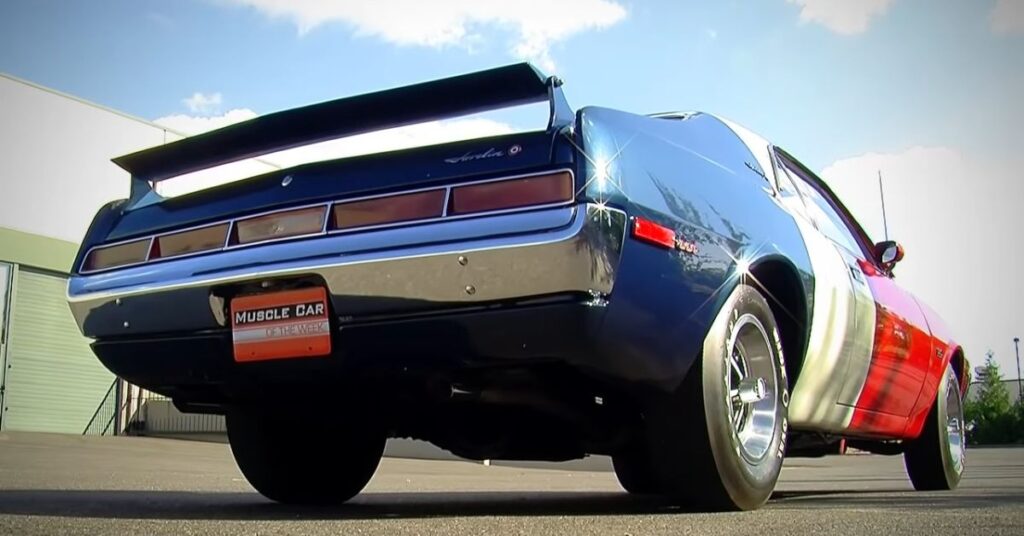
To ensure exceptional traction and control, the Javelin Trans Am was equipped with a limited-slip rear differential boasting a 3.91 gear ratio. This differential, coupled with heavy-duty engine cooling and raised white letter tires, delivered optimal grip and stability, allowing drivers to push the car to its limits with confidence. Whether on the straightaways or through tight corners, the 1970 AMC Javelin Trans Am offered an unparalleled driving experience characterized by power, precision, and control.

In summary, the lightweight construction and powerful engine of the 1970 AMC Javelin Trans Am combined to create an extraordinary performance machine. With its gold package enhancements and carefully selected components, this muscle car showcased its true capabilities on the road. The inclusion of features like a close-ratio Hurst four-speed manual transmission and limited-slip rear differential ensured a thrilling driving experience, making the Javelin Trans Am a coveted choice among muscle car enthusiasts seeking unparalleled performance and exhilaration.
The Trans Am Legacy
The Javelin Trans Am was part of the Super Sport Touring (SST) package, showcasing its status as a superlative sports car. Its distinctive design, known as the twin venturi, made it instantly recognizable. However, the 1970 model year was the only time this design was used, making the Javelin Trans Am a true collector’s item. With its authentic Trans Am heritage and limited production of only one hundred units, this car holds an esteemed place among muscle car enthusiasts.
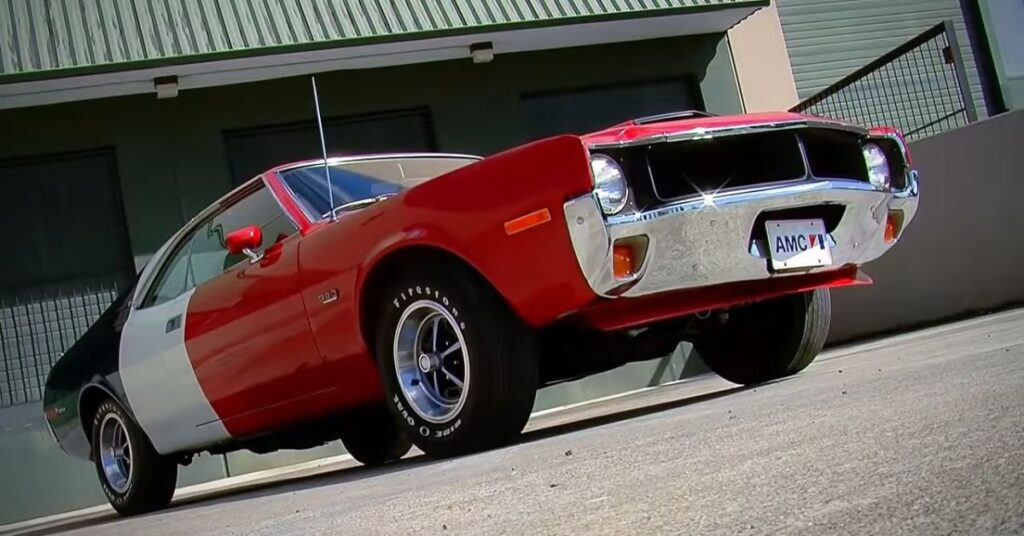
Conclusion
In conclusion, the 1970 AMC Javelin Trans Am stands as a remarkable example of American muscle car engineering and design. Its powerful performance, aggressive styling, and distinctive features have solidified its status as a true icon in the automotive world. With its roaring engine, impressive acceleration, and exceptional handling, this muscle car exemplifies the spirit of speed and power that defined the era. The 1970 AMC Javelin Trans Am continues to captivate enthusiasts and collectors alike, serving as a testament to the enduring allure of classic American muscle cars. Its legacy as a symbol of raw strength and automotive excellence remains intact, ensuring its place in the hearts of car enthusiasts for generations to come.
